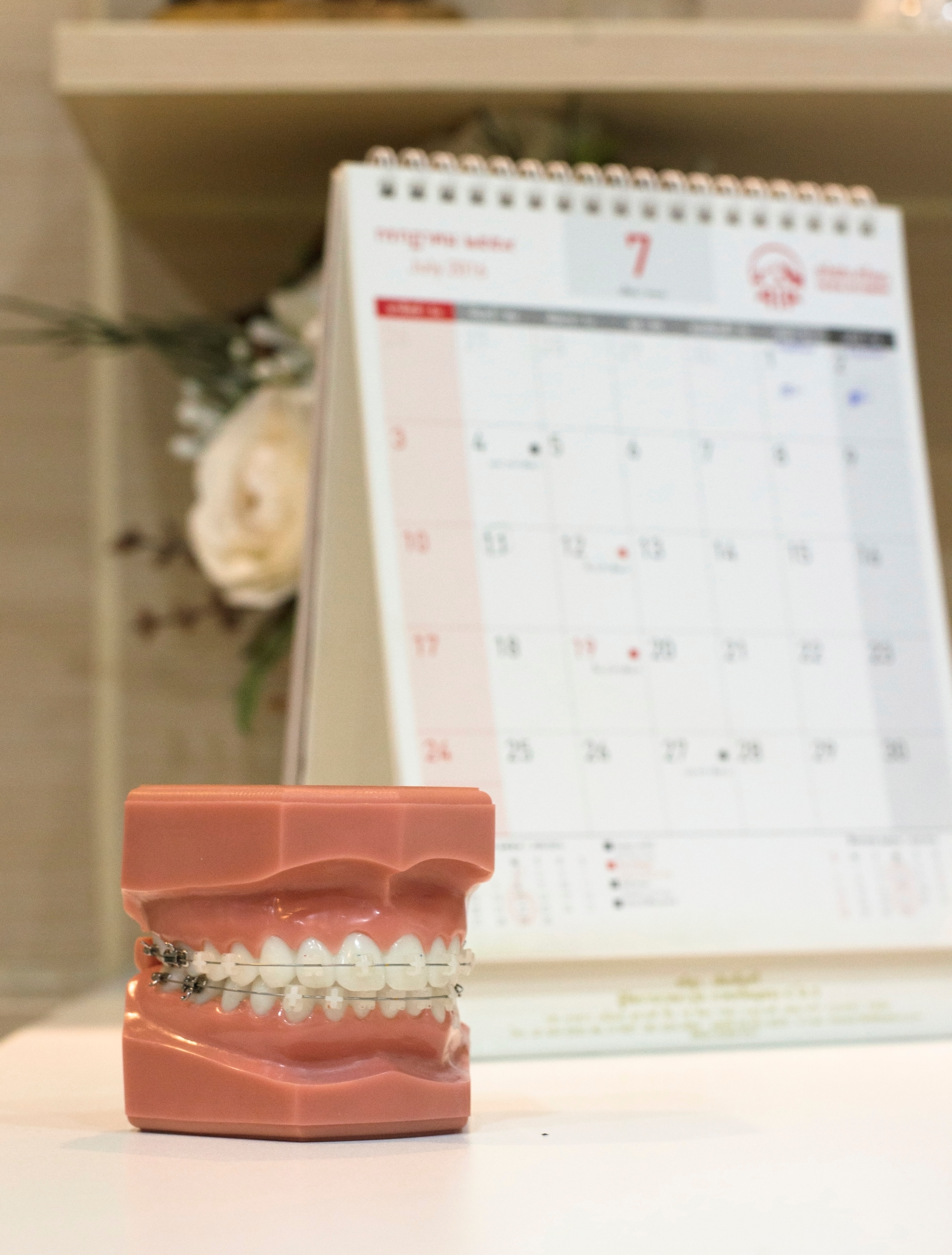Demographic Shifts in the Dental Field
June 06, 2017
By Jacob Drucker
These are exciting times for dentistry. We’re witnessing a series of major shifts in the dental space today. I’ve already written about some technology shifts that are already changing the face of care. Equally important, though, are the individuals and offices providing that care, and their demographic and structural shifts. The old image of a dentist- an elderly white male who owns his own small practice- is rapidly being replaced by a model that’s simultaneously more diverse and more consolidated.

DEMOGRAPHIC SHIFTS
One crucial demographic change has been consistent and important: a growing percentage of dentists are women. Today, nearly half of all dental school graduates are women. For comparison, in the 1970s, 3.3% of dentists were women; today, 28% of dentists are women. Women, however, are much more likely than men to work part-time.
The percentage of dentists comprised of minorities is projected to increase steadily in the coming years, particularly the percentage who are Hispanic or Latino. However, it should be noted that minorities are still dramatically underrepresented in the dental profession, and typically disproportionately service minority populations, even when taking into account their practices’ physical locations. The American Dental Association has literature dedicated to encouraging minority students to consider dentistry as a profession.
Despite the increased minority and female representation, the number of dentists overall is decreasing as a percentage of the population. This shortage of dentists might be ameliorated by the creation of several new dental schools. There has also been a proliferation of midlevel providers, and an expansion of the role of midlevel providers on a state-by-state basis, helping to alleviate the growing shortage of dentists in the US.
OFFICE SHIFTS
The demographics of graduating dentists aren’t the only facet of the dental field that’s shifting. In fact, the very nature of dental practices is changing as well. The ‘traditional’ dental office has one or two dentists who own (or co-own) the practice, and either shut it down or turn the keys over to younger associate dentists when they retire.
That’s not always the case today. We’re seeing the proliferation of Dental Service Organizations (DSOs), or corporate dental companies, which buy up multiple dental offices and run them like businesses, leveraging economies of scale by having many offices. Dentists typically become employees rather than owners in this model. Estimates vary, but the ADA reports that roughly 8% of dentists work for DSOs rather than for their own practices.
Some are already speculating that it will become increasingly difficult for retiring dentists to sell their practices to other dentists- after all, the shortage of dentists means that it’s a buyer’s market for dental offices. DSOs may help fill that gap by buying up offices of retiring dentists, making them run more efficiently and service more patients, and hiring dentists to work for them.
The increasing trend of part-time dentistry also dovetails with this shift toward the DSO model. Part-time dentists may be less likely to want to deal with the time commitment of running the business aspects of an office, and may rather only deal with actual clinical work at a pre-existing dental office.
And so we’re seeing a new face of dentistry- more diverse on the practitioner level, but more corporatized on the practice level. Time will tell how these shifts affect the care given to communities throughout the United States. One thing is certain, though: it’s time to rethink the stereotype of the stodgy old dentist/practice owner.
Ready to save with Supply Clinic?
Start Shopping!